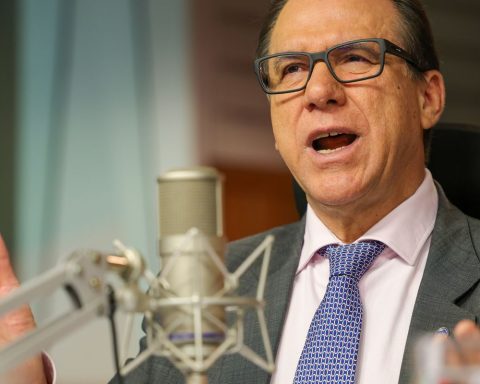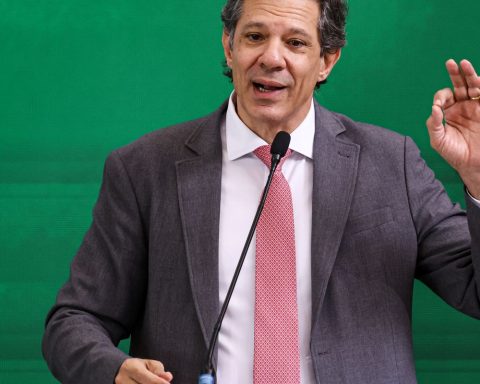For the director of monetary policy and future president of the Central Bank (BC), Gabriel Galípolo, the monetary authority should not vote to define the inflation target in the National Monetary Council (CMN), which is currently composed of the Ministry of Finance, Ministry of Planning and by the president of the BC.
During participation in an event in São Paulo this morning (14), Galípolo stated that the decision on the appropriate inflation rate should be established only by the Ministries of Finance and Planning and that the Central Bank should remain focused only in achieving the target.
“I have systematically said that I think the Central Bank should not even vote for the CMN in determining the target that it itself has to pursue. I believe this is a non-issue for Central Bank directors. The inflation target was established by the CMN, it is up to the Central Bank to place the interest rate at a sufficiently restrictive level and for as long as necessary to reach the target”, he said.
“Society can discuss, economists can discuss, everyone can discuss, but the Central Bank director does not discuss the goal, the Central Bank director pursues the goal.”
During the Itaú BBA Macrovision event, the director of monetary policy said there were no political differences within the authority and highlighted that the BC’s transition process has been an example:
“I think the BC is consolidating itself there as a pillar of institutionality that doesn’t even allow itself to be invaded and also doesn’t evade, it doesn’t transgress parts that should belong to monetary policy itself. We are there in BC, living together in an absolutely harmonious way. I like to believe that the directors are all my friends, but institutionally we live in an absolutely harmonious, technical way and with a high degree of cohesion.”
He also stated that the Central Bank’s position is always more conservative and cautious in establishing monetary policy. “The Central Bank’s position is to be more conservative. What signals a tighter labor market to the Central Bank is that we should be more cautious in managing monetary policy because this suggests a slower and more costly disinflation process. Hence the reflection that we see in monetary policy, the greater caution that we have been adopting in monetary policy”, he said.
Growth and inflation target
At the event, Galípolo also said that what has been attracting the Central Bank’s attention the most is economic growth, which has exceeded expectations, even in the face of a restrictive interest rate scenario.
“Growth continues to surprise, despite the interest rate at a restrictive level.”
He compared Gross Domestic Product (GDP) growth projections to transport apps, which continually recalculate the estimated time to travel distances in São Paulo.
“During the transit, as the transit app recalculated the estimated time, I started thinking about how this is a little similar to our growth projections over the last few years. We start with an original estimate, we recalculate and generally the relevant information, the significant information, is given a few meters before arriving. I think this has happened a lot with growth projections in Brazil.”
According to him, the expectation of the monetary authority and also that of the market was for some slowdown in the pace of economic growth, accompanied by an opening of the output gap: “since I arrived at Copom, since my first meeting, we have There is always this projection – and the market too – that the hiatus will start to open and we will start to see signs of slowdown but, after successive surprises, we ended up making this relevant change from the hiatus to a positive field”.
Regarding inflation expectations, Galípolo stated that they remain unanchored and that this could be justified by three factors: skepticism regarding the viability of the ongoing target, credibility and the economy’s prospects. Even so, he believes that these three factors “tend to gain or lose weight over time”.
Galípolo also reinforced that the BC’s commitment is to seek the center of the inflation target, of 3%. “The Central Bank has a goal and the Central Bank’s reaction function will always be in pursuit of the goal. This goal pursuit can be done at more or less cost, depending on a series of variables that the Central Bank often has no control over. But the Central Bank will pursue its goal.”

















